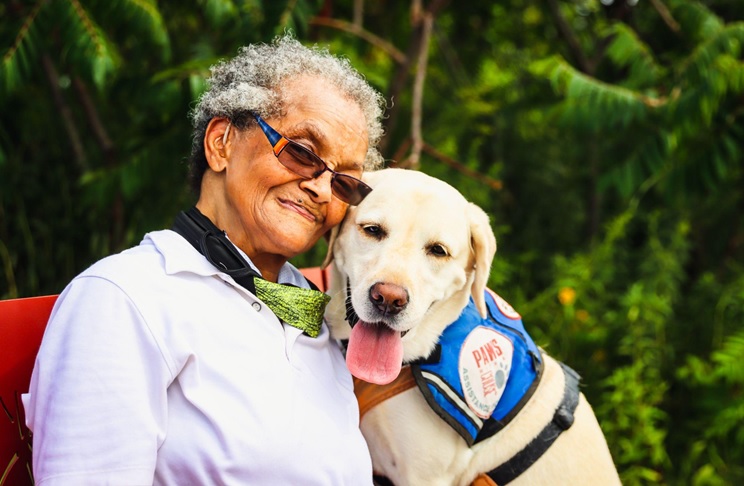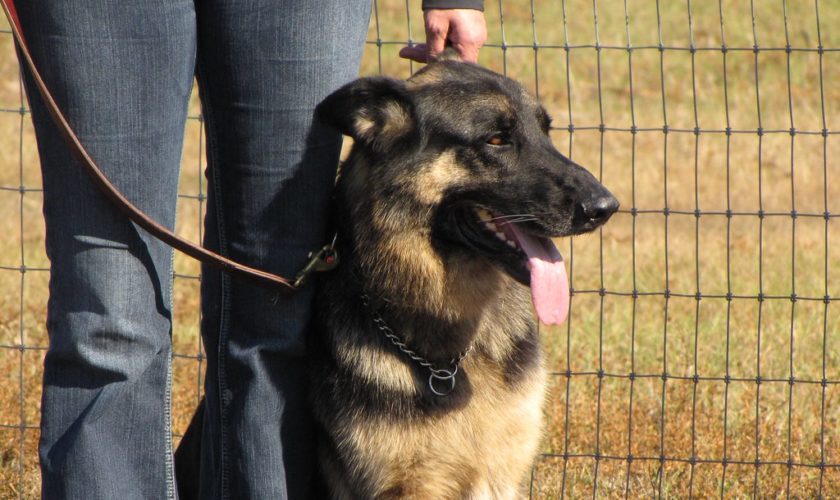Dog lovers often wonder why their furry companions have such relatively short lifespans. The lifespans of different breeds can vary dramatically, with smaller breeds like Toy Poodles, they generally live longer than larger ones such as Golden Retrievers.
There are numerous factors behind the canine ageing process, from breed size to genetic factors and environmental influences. Understanding these elements provides valuable insights into the longevity and health of our canine companions.
Understanding the Biological Factors in Canine Aging
Ageing in dogs, like in humans, involves a complex interplay of biological and environmental factors. At the most fundamental level, ageing is a process of gradual, irreversible cellular wear and tear. This happens due to several interconnected factors:
Genetics: The DNA of each breed has evolved differently, which can contribute to the lifespan of a breed. Certain breeds are more susceptible to specific health conditions, which can influence their overall lifespan.
Oxidative Stress: Oxidative stress occurs when there’s an imbalance between the production of free radicals (unstable molecules that can damage cells) and the body’s ability to counteract their harmful effects. Studies have shown that oxidative stress increases with age in dogs, contributing to the ageing process.
Telomeres and Aging: Telomeres are the end caps of chromosomes that protect genetic data, making it possible for cells to divide. However, every time a cell divides, the telomeres shorten. Once the telomeres are too short, the cell can no longer divide and becomes inactive or dies. In dogs, as in humans, the shortening of telomeres is associated with ageing.
Size and Lifespan: The Inverse Relationship
One of the most puzzling aspects of canine ageing is the inverse relationship between size and lifespan. Generally, in the animal kingdom, larger species outlive smaller ones. However, within the canine world, the opposite is true: smaller breeds often live significantly longer than larger ones.
One theory to explain this paradox involves the speed at which a dog breed reaches maturity. Larger dogs grow faster and age quicker, which can lead to earlier onset of age-related diseases. Moreover, the rapid cell growth in larger dogs could lead to a higher likelihood of abnormal cell growth and diseases such as cancer.
In a study published in the journal “The American Naturalist”, researchers at the University of Göttingen found that larger dog breeds have higher levels of IGF-1, a hormone involved in body growth. Higher levels of IGF-1 may promote ageing and shorten lifespan, contributing to the shorter life expectancy in larger breeds.
The Latest Research in Canine Aging
In the quest to understand more about canine ageing and potentially increase their lifespans, numerous scientific studies have been carried out. The following are some of the notable ones:
The Dog Aging Project
Launched in 2014 by the University of Washington and Texas A&M University, the Dog Aging Project aims to study ageing in thousands of dogs to understand genetic and environmental influences on ageing. It seeks to identify the key genetic factors that influence dog lifespan and how environmental factors (diet, exercise, etc.) can modify these genetic influences.
Rapamycin Trials
Rapamycin is a drug known to extend lifespan in mice. Studies on dogs, led by researchers of the Dog Aging Project, have been conducted to determine if similar effects can be observed. Preliminary results show that dogs receiving Rapamycin have improved heart function, but further research is needed to understand the drug’s long-term effects.
Study on Dog Metabolites
In a study published in the journal “Aging Cell”, researchers compared the metabolites (molecules produced during metabolism) in the blood of dogs and humans. The results indicated that dogs and humans age in remarkably similar ways. This discovery could enable researchers to use dogs as better models for human ageing and longevity studies.
Implications for Dog Owners
Understanding the science of dog ageing is important for owners as it can help them make decisions that optimise their pets’ health and longevity. For instance, understanding breed-specific health issues can allow for preventative measures or early detection of potential problems.
Awareness of the correlation between size and lifespan can also inform potential pet owners’ decisions about which breed to choose, depending on their preferences for dogs’ expected lifespans. Furthermore, insights from research like the Dog Aging Project could help owners better tailor their pets’ environment and lifestyle to potentially slow down the ageing process. Perhaps, with enough time, we may even use the learnings from these projects to better understand how humans age as well.
Conclusion
The science of canine ageing is a vibrant field, continually evolving with new research and discoveries. It offers dog owners invaluable insights into how to optimise the health and happiness of their four-legged friends, thereby extending their lives and improving their quality of life – something any responsible dog owner would want.
















